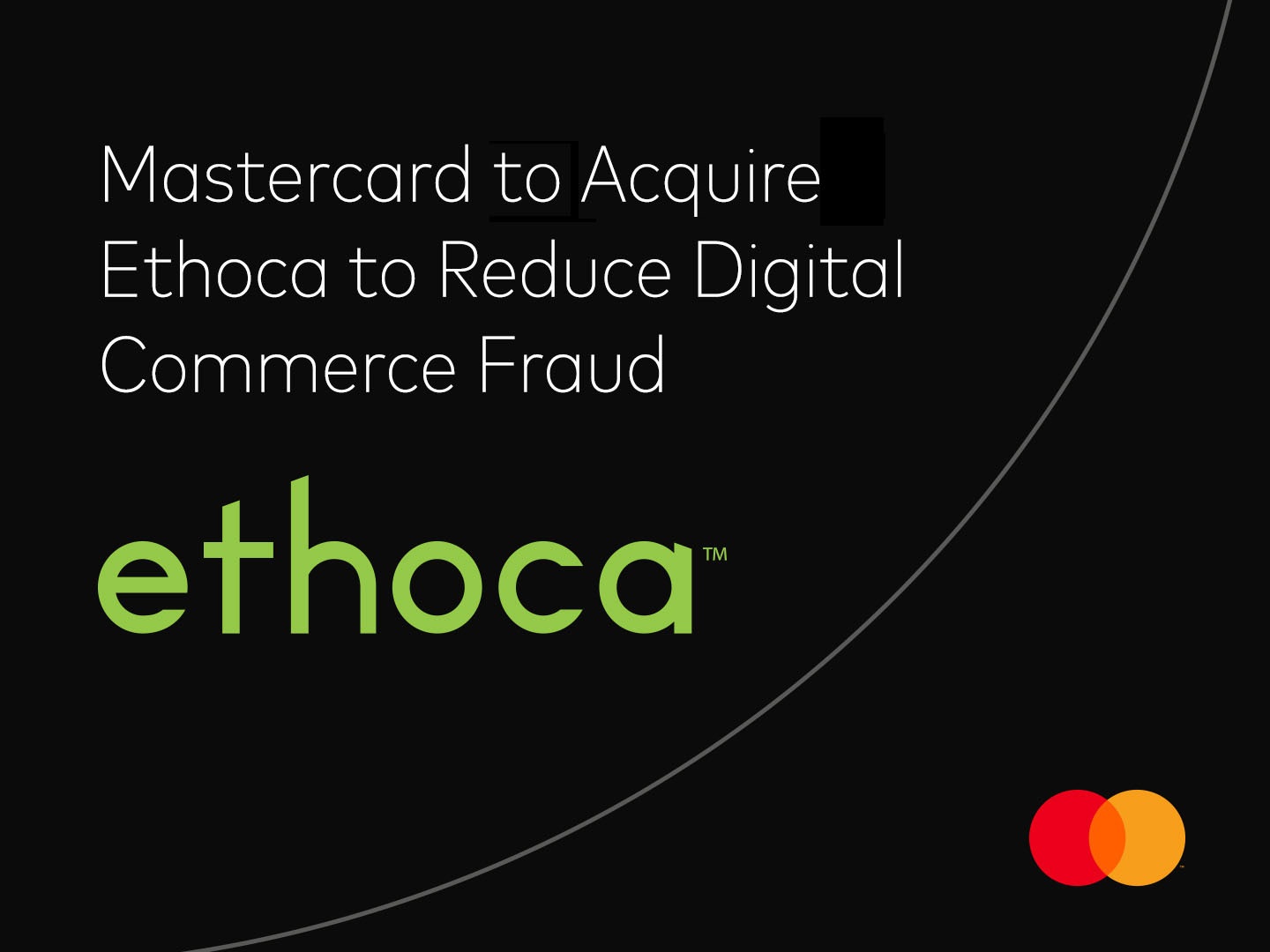
When a credit card payment is transacted, two parties are involved – the buyer and seller, with the former paying the latter. A purchase may be reversed by the buyer, which is known as a chargeback. If you purchase something online or receive goods/services over the phone, you might find yourself unable to contact your creditors immediately. Perhaps it’s too late at night, or you’re away from your computer – whatever it may be, this article will help you if you face these issues in the future.
You have two options:. Once a buyer has made a chargeback claim against a merchant, there is little the merchant can do for some reason. Some customers will take advantage of this fact, sending out emails to random merchants requesting refunds for purchases made months ago – and they can get away with it too!
Different Ways to Deal with Fraud Concerning Chargebacks
o Different institutions would advise you on how to handle chargeback cases. A good example is Ethoca chargebacks offering you various approaches concerning such incidents. For instance, you should not refund a customer if they claim that you never sent their item. Even if you have proof of postage, an airway bill, or courier tracking number, unless the buyer himself acknowledges receipt on some record, your hands are tied.
o Refund requests made by buyers must be made through the credit card issuer. You may contact them directly by phone or email, and they will ask for proof of postage – an airway bill or courier tracking number. In some cases, they may even ask for photographic evidence of your returned package to show that the buyer has received it before processing your refund request. Otherwise, if you’re unable to provide this sort of evidence, there’s nothing much you can do. The credit card issuer will not take any action on your behalf if the buyer can prove that he has received his goods/services or makes a claim that he never did.
o Some customers may try to force merchants into refunding their purchases with threats of chargebacks by canceling their transactions. Never refund in response to such threats; instead, contact your credit card issuer directly for further assistance. If you’re unable to cancel the transaction over the phone (perhaps you don’t have access), forward all the email correspondence with the customer and ask for their help in canceling the purchase. They might act as an intermediary between you and your creditors. Chargeback rates are calculated based on the number of complaints received by the major credit card brands. Though it’s not a legal requirement, many merchants will pay if the chargeback rate is too high. It is common to encounter chargebacks during the holidays, and one order could even bump your store into a high-risk status, resulting in increased rates for all future transactions.
Chargeback is a consumer’s right, and financial companies should be aware of it. The best way to fight against chargebacks and other fraudulent transactions is to use legit means and not exploit loopholes in the system. Financial institutions must work together with customers to reduce chargeback instances while protecting all involved parties.